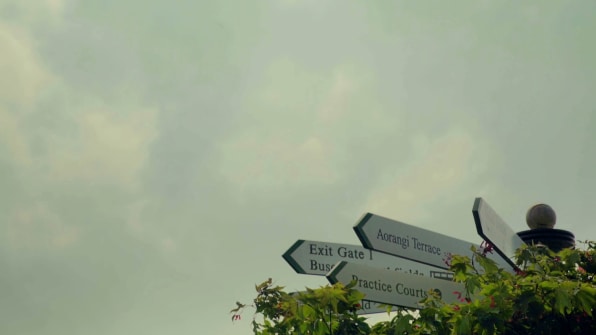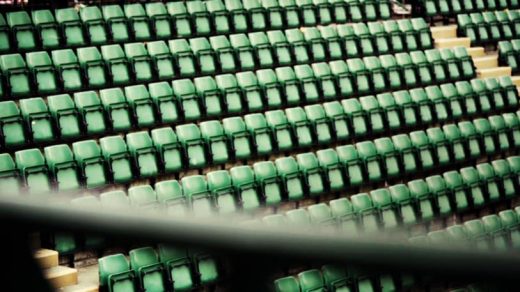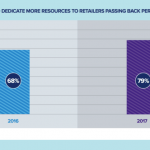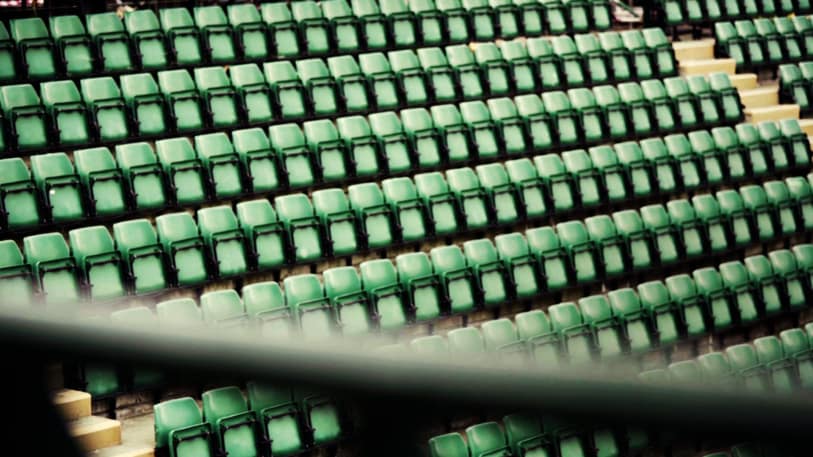Building Brand Legacy In The Age Of Now: The Championships, Wimbledon
This is the final of a five-part series by Team One chief strategy officer Mark Miller on long-term brand building in contemporary marketing, and balancing long-term thinking with the urgent necessity of short-term action (check out the first installment on The Ritz-Carlton, the second on Taylor Guitars, and third on It Gets Better, and fourth on Girls Who Code).
Launched in 1877, The Championships, Wimbledon is the longest running, and most prestigious tennis tournament in the world. Wimbledon has taken up the mantle for upholding the very best traditions in tennis, old and new. The tournament guards against making trendy changes, which is why, for example, it continues to require civility over hostility as the code of player conduct. At the same time, it does adopt modern innovations that are meant to last, such as integrating new technology features on and around its legendary courts. Every decision about what is maintained versus what gets evolved is reevaluated each year with an eye toward making sure that Wimbledon forever remains the showcase for the world’s best tennis. In my conversation with Wimbledon CEO Richard Lewis, he talked about the importance of guarding treasured traditions, creating only meaningful changes, pursuing larger ambitions, and not being easily distracted from that pursuit, rejecting brand complacency and taking the long-term view of success. Whereas many other marketers are focused only on today’s priorities, Richard speaks with authority about defining and building a brand’s legacy in perpetuity.
Mark Miller: At more than 100 years old, The Championships, Wimbledon is very rich with history. What are some of the tournament’s rites, customs, and rituals that you have sought to protect during your time as CEO?

Richard Lewis: Traditions are an important part of Wimbledon, and something to which we give much thought: What are the good traditions we must keep and value, and which ones have run their course and need to move on?
One tradition we’ve held on to is the maintenance of grass courts. The surface makes Wimbledon unique amongst Grand Slams, and amongst all very big tournaments. Requiring almost entirely white clothing is also very much a part of the Wimbledon tradition. One could argue that as fashion has changed, and the attire that people wear in society has changed, that the differentiation in our attire has increased. We’ve tightened, not loosened, the rules on white clothing. When you see a photo of a tennis player playing on a Wimbledon court, due to the grass surface and white clothing, it is very identifiable. It can be nowhere else but Wimbledon.
Another Wimbledon tradition is that players enter and leave the court without any public announcement: no music, no fanfare, and no introduction. Players walk out on the court after the ball boys and girls, the line judges, and the umpire. It’s a statement: You do not need to introduce these people. Spectators, all 15,000 of them, know who they are. Maintaining that tradition says something in this day and age when other events have so much fanfare.
In addition to eating strawberries and cream, and drinking champagne and Pimm’s, one of the special audience traditions is the fact that you can queue up to get in to watch The Championships. You might have to queue up overnight, but the first 1,500 spectators can obtain tickets for the main show courts. It costs 25 pounds for a Grounds Pass. We are open to everyone. If you are someone who is passionate about tennis, there is a way for you to get in to see the best tennis in the world at Wimbledon.

In Wimbledon’s history, there have also been some notable changes. What were some key changes, and what motivated them? Why change?
The first big change was where the tournament was played. The Championships was so successful in its original site off Worple Road that it required bigger grounds. In 1922, The All England Club found the new site where we are now.
In 2009, Centre Court was the subject of an important change when we modernized the venue, adding a retractable roof and lights. A few years ago, we had one Championships where there was a considerable amount of play under the roof, and spectators got so used to it that we started to get inquiries asking if we would consider closing the roof in the evening, regardless of weather, just so people could have both experiences: with and without the roof. It’s become a popular part of the Wimbledon experience.
There have also been key cultural moments of change. In 1968, the Club and its leadership were pioneers in welcoming in the era of open tennis. We invited professionals to participate, reducing amateurism, and raising the level of competition and play. More recently, as leadership and especially our president, HRH The Duke of Kent, felt that the tradition of requiring players to bow to members of the Royal Family had become an outdated custom, the tradition was discontinued. The only remaining exceptions are for HM The Queen and HRH The Prince of Wales, should the players themselves wish to bow on Centre Court.
We value continuity and tradition at Wimbledon. We don’t make change, physical or cultural, without serious consideration. When we make change, we make it meaningful.
Wimbledon is so interesting in the way it has simultaneously served as guardian of the past and ambassador for the future. With that said, in the modern era, do you feel greater pressure to make bigger change or to change faster?
Externally we’re under much more pressure to keep doing things the way we do them. People love to be a part of the history that has been made here. Consistently, the outside feedback is to not change. In contrast, the real scrutiny, the real pressure, is applied from within to keep reviewing our work and to keep challenging it.
Ongoing, there is internal pressure to question and check that what we did last year is what we should do in the coming year. The debrief and the review of the previous tournament and the planning for the coming year is very intense. The focus is on The Championships. We have a Club, we have a museum, we have tours, but the fact remains that this tennis club is passionate and almost obsessed with running a great two-week event called The Championships. And we’re not distracted by loads of other things.
As you continue to look forward, what do you want Wimbledon’s ongoing legacy to be? And is the idea of building modern brand legacy something you are actively planning?
The driving force is to be the best: to represent the pinnacle of the sport of tennis. We recognize that we have inherited something special, and we aim to continue it. We’re ambitious about being successful, moving forward and never resting on our laurels. We won’t take things for granted or be complacent.
Complacency is a word that we talk about a lot. It’s in our DNA to not be complacent. Club members are driven and determined to be at the pinnacle of the sport. If the executives went off on a tangent, we’d be pulled back quickly by membership. Our members are passionate about The Championships.
Do we talk about branding? Modern branding? We do. And that also includes tradition, asking ourselves which traditions to keep, which ones to evolve and which ones to more substantively change. We want to be relevant, not just domestically, but around the world. We want China, Brazil, India, and everywhere else to get us: to understand that Wimbledon is a rare tennis tournament, the pinnacle of Grand Slams, and one worth attending.

What advice do you have for other leaders aiming to create an enduring brand legacy?
At Wimbledon, we are keen on taking the long view. For many businesses, it is about staying in business next week, next month, next year. But if you can take a long-term view, then I believe that leads to even more success rather than necessarily making only short-term decisions.
Related to that is doing the right thing in staying true to your core values. Not necessarily doing the most popular thing, but the right thing. There have been times in our history when it would have been easier to accept certain kinds of financial contributions when money was not flowing in as much as it had at other points in time. It would have been easier to accept a sponsorship that included signage on Centre Court. It would have been easier to have capitulated to players who wanted to do away with wearing whites at Wimbledon. It would have been easier to replace grass courts when, for a spell, it was not so popular to want to play on grass. But staying true to our values and taking the long view are critical to achieving an enduring success.
Mark Miller is the Chief Strategy Officer at Team One. Mark is the founder of The Legacy Lab, a thought-leadership platform and consulting practice at Team One focused on long-term brand building in a short-term world.
Fast Company , Read Full Story
(31)














